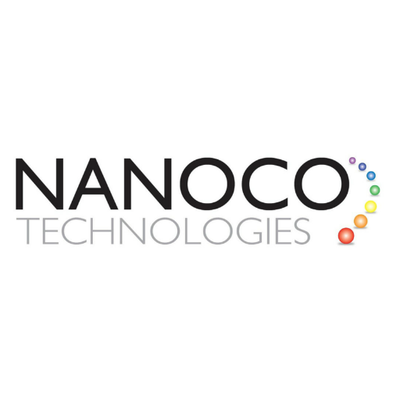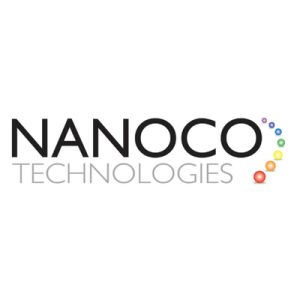Quantum dots (QDs), first conceptualised as “artificial atoms,” are semiconductor nanocrystals exhibiting quantum size effects in their optical and electronic properties. These nanometer-sized materials possess tunable and efficient photoluminescence (PL), narrow emission, and photochemical stability. Today, core-shell structures are commonly achieved for various QD materials systems, allowing their integration into numerous devices and applications, such as QD-based displays.
Despite being part of mature technologies, QD synthesis, characterization, and applications continue to be a highly active research field. While initial research focused on group IV and III-V compounds, advancements have expanded the elemental composition to include II-VI and I-III-VI compounds, transition-metal dichalcogenides, perovskites, and carbon-based QDs. QDs are predominantly used for their exceptional optical properties in light emission, conversion, and detection, encompassing a wide range of applications.
QD research has been extensively covered in journals like ACS Applied Nano Materials, highlighting recent progress and categorising these nanomaterials by their targeted applications. For light-emitting diodes (LEDs) and display applications, III-V heterostructures initially incorporated epitaxial QDs. However, colloidal InP QDs with ZnSe/ZnS multishells now show remarkable improvements for wide colour gamut displays. Various materials are used to achieve QDs emitting in specific spectral ranges, such as silicene QDs for blue-light LEDs and halide-exchanged CsPb(Br/I)3 QDs for LEDs emitting at 670 nm.
In photovoltaics, QDs have been incorporated to boost energy conversion efficiency. Strategies include using CdS QDs and CdSe/CdS core-shell QDs, with new methods for capping and improving passivation. Ligand and solvent engineering in PbS QD films have also contributed to advancements in this area.
For photoconductors and photodetectors, QDs enhance performance across different spectral regions. In the IR spectral region, PbS QD photodetectors achieve enhanced responsivity through a two-step ligand-exchange method, while WS2 QD–graphene nanocomposites are used for ultraviolet photodetectors.
In biomedical and environmental applications, QDs are valuable for bioimaging, diagnostics, and biosensing due to their high luminescence, narrow emission, and biocompatibility. Applications include fluorescent labels for human adenocarcinoma bioimaging, markers for cell imaging using CuInS2/ZnS QDs, and biosensing with MoS2 QDs. QDs are also effective for pollutant control and detecting toxic metal ions in water, such as luminescent porous Si for toxic metal ion analysis and WS2 QDs for detecting ferric ions.
In catalysis, QDs improve existing photocatalytic processes. Carbon QD-modified graphitic carbon nitride and CdS QD-decorated catalysts have been used for H2 evolution and imine synthesis, respectively. Additionally, QDs are explored for other applications, including magnetic particle inspection, encapsulation, and nanotags for authentication of goods.
Overall, QDs remain a vibrant field of investigation within applied nanomaterial research, with ongoing advancements promising future technological leaps based on these investigations.
Nanoco Group PLC (LON:NANO) leads the world in the research, development and large-scale manufacture of heavy metal-free nanomaterials for use in displays, lighting, vertical farming, solar energy and bio-imaging.


